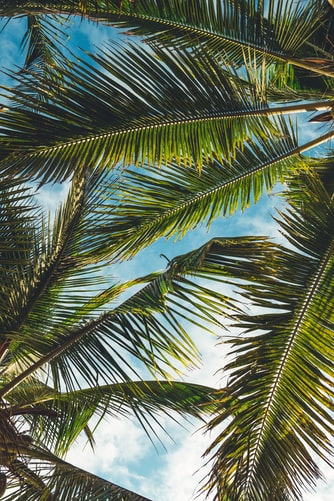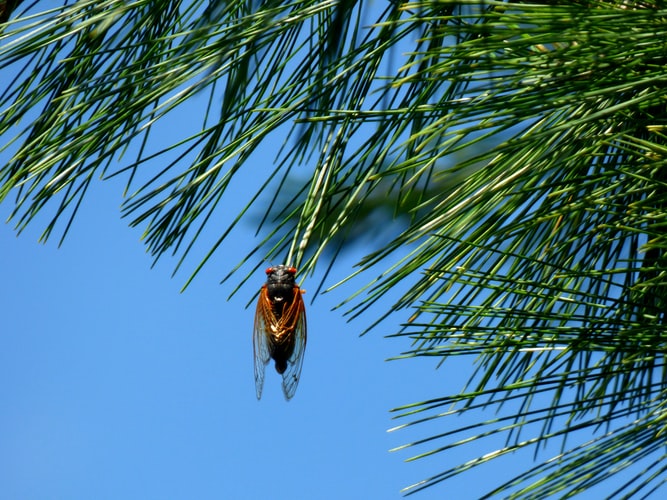This piece of Blog has been extracted from “Better homes & gardens Trees & Shrubs” by “John Wiley & Sons, Inc”. It briefs us about the Palm Tree & its different species which are a beautiful and unique staple of the scenery in any warm, tropical climate. Tree Removal Berkeley CA, extends its assistance on this kind of tree service. We express our sincere gratitude to the author on this useful content.
Palm (various species)
Exclamation points in the landscape, some palms serve as strong vertical accents. Other palms have a more shrub like appearance. Whether they are upright or spreading, palms have bold texture that adds instant drama to a space. Plant them in groups to form a grove or grow them singly as focal points with other tropical beauties. Be sure to choose plants that mature to a reasonable size for the planting location.
You should know
Newly planted large palms are susceptible to wind topple if the roots have not expanded into the native soil. Support target palms at planting time with three number braces, placed at a 45-degree angle to the ground, and leaning against 1-foot-long pieces of 2×4 s strapped vertically or banded around the palm’s trunk. Protect the trunk with burlap where the 2×4 s are secured. Remove the braces when the fronds are untied—about three months after planting.

Best Site
Palms grow well in full sun, part shade, or full shade depending on the species. There are also palms with notable drought tolerance that thrive in dry, sandy soil as well as those that grow in bog like situations. Choose the best palms for the sunlight and soil conditions in your landscape. It depending on species.
Growing
Container-grown palms are easiest to transplant. These 3-to 6-foot-tall plants are much easier to handle than massive balled-and-bur lapped plants with care. Take precautions to keep the root ball moist at all times. For transportation, use twine to tie the fronds together over the tender bud, or growth point, at the top of the trunk. Leave the twine in place for two to three months until new fronds begin to bulge out below the point at which the fronds are tied.
The best time to plant palms is late spring to early summer. They are actively growing at this time and they will quickly expand their root systems into the surrounding soil.
Palms require moist soil and deep watering in desert locations. In moist environments, nature provides most of the moisture, but an irrigation system is helpful to provide additional water when necessary.
Palms look their best when they have adequate nutrients. Apply a slow-release fertilizer every three months. Broadcast it around the palm’s root zone.
Pruning palms is easier than many other woody plants. Simply remove fronds when they are completely brown. When removing a leaf,cut it as close to the trunk as possible.
Certain palms are susceptible to pest, but healthy, vigorous plants are generally pest-free.
Palm species:
Cabbage Palm (Sabal palmetto), also called palmetto, has large, fan-space leaves set on huge trunks, that often cross each other, giving the tree a loose, informal appearance. Cabbage palm is salt-tolerant and survives flooding well. 20 to 60 feet tall and 10 to 15 feet wide.
California Fan Palm (Washingtonian filifera) has large spiny leaves that hang down from the top of this tree, giving it a shaggy appearance. At nearly 100 feet tall, it has a commanding presence in the landscape.
Canary Island Date Palm (Phoenix Canariensis)
Is a stunning, tall, stiff-leaf feather palm that is even more exceptional when planted in rows. It is drought-tolerant and also tolerant of moist soil. A slow-growing plant, it takes many years to reach its mature size of about 60 feet.
Mediterranean Fan Palm (Chamaerops humilis) is one of the more cold-hardy palms. It can grow up to 20 feet tall with a crown reaching 15 feet wide. By the time it matures, it often has developed multiple smaller trunks surrounding a larger main trunk. It is a good palm for large containers.
Needle Palm (Rhapidophyllum hystrix) has long, sharp needles nestled among its leaves, making it a good security hedge planting. It is relatively cold-hardy for a palm, but extended periods of cold winds may harm it. 5 to 10 feet tall.

Pindo Palm (Butia capitata) has 6-to-8-foot-long leaves gently arching toward the ground; this feather palm is wonderfully elegant. The trunk has a diameter of more than a foot across and nicely contrasts with the weeping fronds. Fairly cold-hardy, this palm needs protection in temperatures below 15 F to avoid damage to the leaves. It grows best in well-drained soil. 12 to 20 feet tall
Queen Palm (Syagrus romanzoffian) has gently drooping leaves that spread from the top of the tree in a pleasing fan-like shape. It is a very fast grower 25 to 50 feet tall and 15 to 25 feet wide at the crown.
Sago Palm (Cycas revoluta) is a slow-growing, long-lived plant that isn’t a palm at all—it’s a cycad. It has whorls of stiff, shiny leaves that resemble lovely feathers. It grows 20 feet tall but may take 100 years to reach that height.
Washington Fan Palm (Washingtonian robusta) is a lofty palm that easily grows 100 feet tall. A fast-growing plant, it is known for the collection of dead fronds that hang from the crown. It thrives in sandy soil and is very common in California.

Windmill Palm (Trachycarpus fortune) is a single-trunk palm with massive fan-shape leaves that are symmetrically arranged around the trunk. It prefers partial shade in zone 10 25 to 40 feet tall with a crown about 8 feet wide.
We offer free estimates, please call us for a free quote @ (510) 229-4567
Continue reading our next article on Tree Diseases.
